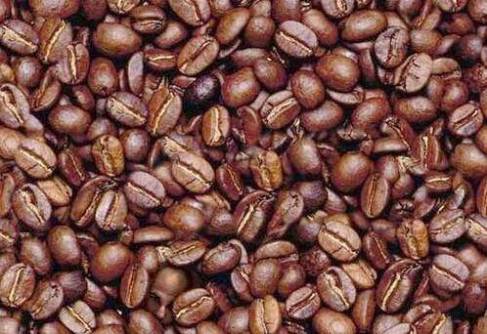I have come to know about Emerald Bhojan Hariharan from the posts in badaga.com. I consider him to be a forward thinking Badaga with nothing but the welfare of Badagas in his mind.
It was indeed a pleasure to receive the following email from him. He had sent these comments on what I had written
“Since the 1981 census Badagas are not shown as a separate community but have been clubbed with ‘Kannada Speaking groups’. This, to say the least, is – atrocious. Badaga is a separate and unique community with rich language and ‘richer’ rituals, customs and traditions.
Now is the chance for us to proudly say that we are Badagas (Badagar) and our mother tongue is Badaga ( Badagu). The other important issue about sub sect :- our history has quite a few instances where we, as a community, divided ourselves into Odaya,Haruva, Badaga, Lingayat [Lingakatti],Kanakka, Adikari,Thoraya etc and created a lot of bad blood. (I am surprised, though, to learn that Thorayas are given the MBC classification while Badagas come under BC) let all those who speak Badaga (Badagu) be considered as Badagas (Badagar).
What is highlighted by him is a matter of great importance and need our urgent attention.
Dear Anna,
It is my pleasure to leave a short message on your website, which I consider as a yeoman service you are rendering the society in General and the Badaga Community in particular. Kudos and three Cheers to you. May you live long and continue your good work.
It came as a rude shock to me when I came to understand that there are 40+ Thoreya hatties in the Nilgiris and marriages happen only between Thoreyas although they no way differ from mainstream Badagas in any way, be it language, lifestyle, dressing, rituals or customs. Give it to my ignorance or broad mindedness, I always thought there was only one Badaga community and sub-sects were an integral part of it but none was superior or inferior to any.
Once I went deep into it, I came to understand the filth and false prophecies that went into creating this rift. It became unbearable and indigestible for me just to know that how a progressive community like the Badagas could have a prejudiced mindset over their own brothers, the Thoreyas. The same applies to the rift between Hodeya and other subsects as well.
I strongly feel the need for a unification of mindsets in each of us to bring in equality and justice across all sub sects, thus bringing all of us under one single umbrella called the Badaga Community. This will enable us hold our heads high and walk with pride.
On behalf of Manihatty Mahalingiah and Beragini Hethaiamma,
Truly Yours,
Emerald Bhojan Hariharan






